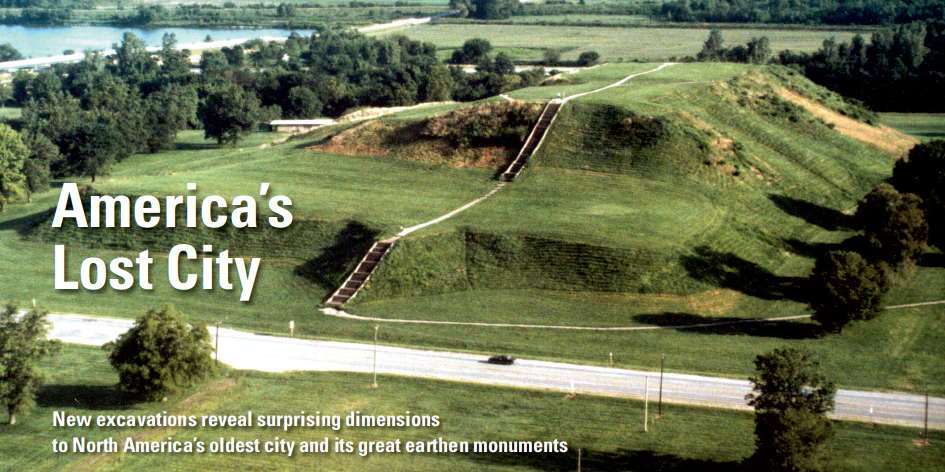If a City Existed in Ancient America Would Historians Notice?
Apparently not, according to Michael E. Smith in a review of the new Oxford Handbook of Cities in World History over at his blog Wide Urban World. Smith argues—rightfully—that cities developed in many areas of Central and South America well before the time of the European conquest. And, that these indigenous urbanisms were substantial enough in their form, geographical reach, and cultural impact to warrant chapter-length treatment in any comprehensive compendium of cities in world history (if we understand “history” to include the entire time period of human existence on the planet and not just time periods for which we have written records). Yet, they go largely unrecognized and unappreciated by urban historians.
An argument like Smith’s can also be made for North America. If Mesoamerica is Mars to urban historians then North America is Neptune—a place that lies even further beyond the orbit of world urbanism. As previously discussed on this blog (as well as by Smith himself), North America has good examples of both near-urban and fully-urban phenomena. The ancient city of Cahokia (dating roughly AD 1100-1200) in the Mississippi Valley got some run recently in the pages of Science magazine with a consequent mention in Atlantic Cities. This sprawling metropolis of huge earthen mounds and clearly differentiated public space attracted tens of thousands of people and created an impact felt hundreds of kilometers away. The Mesoamerican archaeologist John Clark is quoted in the Science article as saying that if you found Cahokia in the Mayan lowlands its urban status would not be in doubt; indeed, “it would be a top 10 of all Mesoamerican cities.” And, as reported in a Science sidebar, even earlier mound building cultures of the lower Mississippi Valley may have had a role in actually shaping the origins and development of the great Central American civilizations described by Smith.
In short, for Smith urban history
…covers the entire world, through time from the earliest cities to the present. If we really want to comprehend cities and urbanism, a broad perspective is essential. Archaeologists have long appreciated the value of an inclusive comparative framework, and scholars of contemporary urbanization are starting to look to ancient and pre-modern cities as a source of ideas to better understand cities and their problems today and in the future.
This goes for me too, and probably John Clark as well. Smith suggests that scholars of “world history” are not yet clued in to what we can learn about urbanism from the cities of ancient America. They’d be well-advised to get a clue if they’re interested in better understanding the city’s role in imperial expansion, its virtues as a socially integrating and culturally creative force, and its limitations as a sustainable form of human settlement.

Leave a Reply